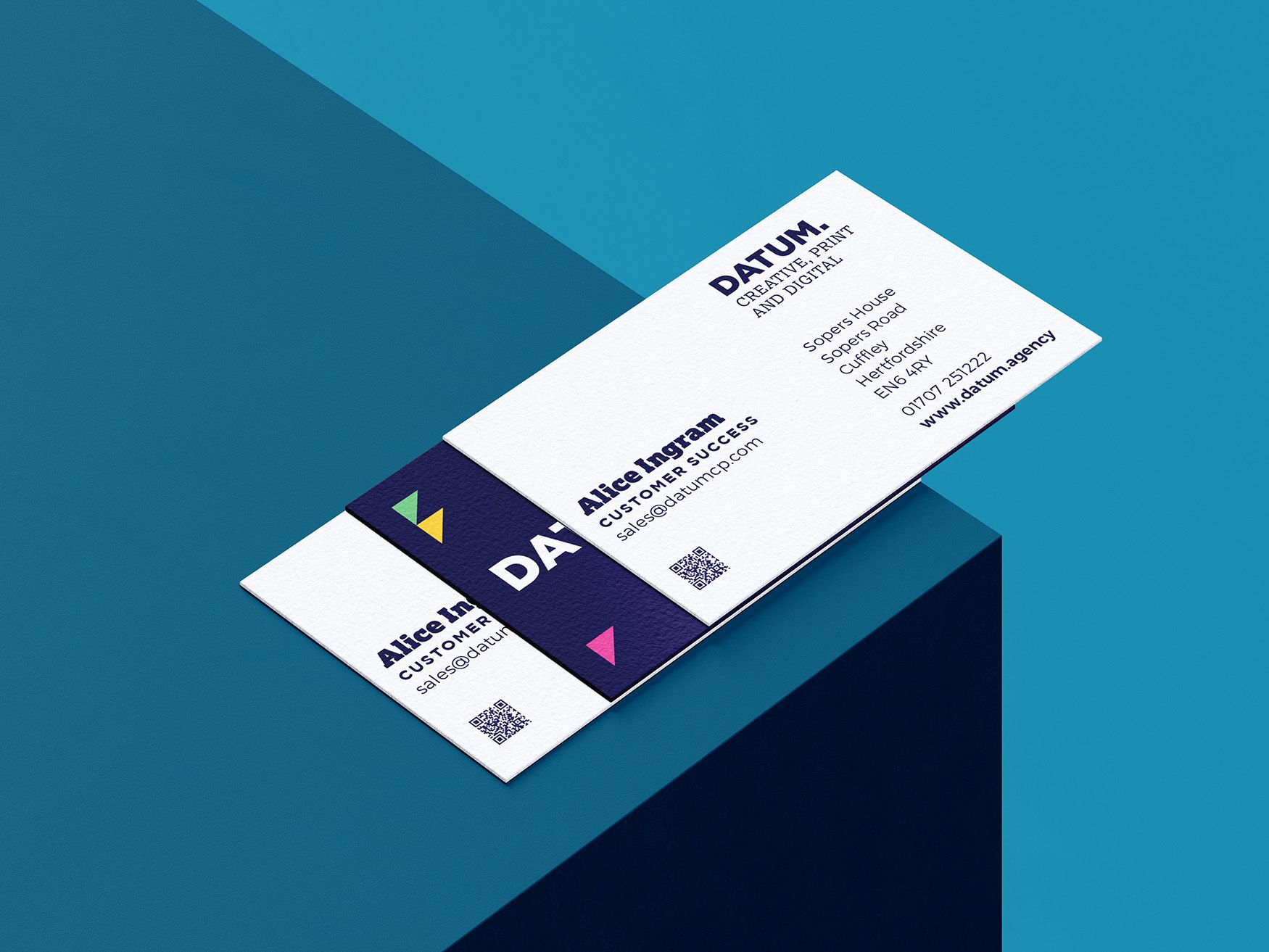In today’s fast-paced, technology-driven world, more people are choosing to replace their traditional business cards with sleek, modern NFC business cards. These cards can instantly transfer contact details to smartphones with a simple tap, offering a convenient and eco-friendly solution. However, while NFC business cards may seem like the future of networking, they have one major drawback: your contact details risk getting lost among the hundreds, if not thousands, of names already in someone’s digital address book.

In this blog, we’ll explore the advantages of both traditional and NFC business cards and why, despite the rise of digital alternatives, the humble paper business card remains a powerful networking tool.
The Personal Touch of Traditional Business Cards
Traditional business cards have stood the test of time for good reason. They are tangible, memorable, and can leave a lasting impression long after a networking event is over. Handing over a physical business card allows for a brief but meaningful exchange, cementing your presence in the mind of the recipient. This tactile interaction often has more impact than simply sharing a contact file through NFC technology.
When a business card is designed well, with unique typography, high-quality paper, and eye-catching colours or textures, it becomes more than just a tool for sharing contact information; it becomes a representation of your brand. A beautiful, well-crafted business card can serve as a talking point and leave a memorable impression, something that cannot always be said for its digital counterpart.
The Problem with Getting Lost in the Digital Crowd
NFC business cards allow you to share your information with just a tap, but this convenience comes with a downside. While the contact details may be added directly to a phone’s address book, they often get lost amidst a sea of other names. In today’s world, most professionals have hundreds, if not thousands, of contacts in their phones, and your details risk being buried beneath a mountain of data.
The physical presence of a traditional business card, on the other hand, serves as a constant reminder of the person you met. It’s likely to be found in a wallet, on a desk, or pinned to a board, offering frequent visual cues to follow up and build a business relationship. Unlike a name hidden in a digital address book, a physical card doesn’t disappear from view.
Instant vs. Lasting Impact
NFC business cards certainly have their advantages. They are a modern, tech-savvy solution, which can position you as an innovative professional. With the ability to share more than just contact details (such as your website, social media links, or portfolio), NFC business cards provide a comprehensive digital introduction. They’re also eco-friendly, as one card can be used indefinitely without the need to reprint.
However, while NFC business cards provide an instant exchange of data, traditional business cards have a longer-lasting impact. They are a physical reminder of the interaction that took place and often act as a prompt for future contact. People tend to value tangible items more because they are rare in an increasingly digital world.
The Pros and Cons of NFC Business Cards

There’s no doubt that NFC business cards are convenient, but they come with limitations. Here are some pros and cons to consider:
Pros of NFC Business Cards:
- Instant Data Transfer: Share your details in a flash without needing to exchange physical items.
- Eco-Friendly: No paper waste, which is ideal for businesses looking to reduce their carbon footprint.
- Dynamic Information: Easily update your contact details without having to reprint new cards.
- Tech-Savvy Image: Positions you as a forward-thinking professional, especially in tech-related industries.
Cons of NFC Business Cards:
- Requires a Compatible Device: Not everyone has NFC-enabled smartphones or knows how to use the technology.
- Easily Forgotten: Contact information is stored digitally, where it can be quickly forgotten or lost among other contacts.
- Less Personal: The lack of a tangible item reduces the personal connection that often comes with the exchange of physical business cards.
- Potential Privacy Concerns: Some people may hesitate to tap their phones to unfamiliar devices due to data privacy fears.
Why Traditional Business Cards Still Matter
In contrast, traditional business cards remain a reliable and effective networking tool:
Pros of Traditional Business Cards:
- Tangible and Memorable: A physical item serves as a more memorable reminder of your meeting.
- No Technology Barriers: No need for devices, apps, or technical knowledge—everyone can use them.
- Design Flexibility: Create a custom design that reflects your brand and leaves a lasting visual impression.
- Personal Touch: Exchanging physical cards creates a moment of personal connection that strengthens relationships.
Cons of Traditional Business Cards:
- Environmental Impact: Printing physical cards can create paper waste, although using recycled paper can mitigate this.
- Static Information: If your contact details change, you’ll need to print new cards.
Conclusion: Why Going Digital Might Not Be the Best Option
While NFC business cards have their place, especially in tech-forward industries, they come with the risk of your details getting lost in a sea of digital contacts. A traditional business card offers the opportunity to make a lasting impression, giving you the visibility and memorability you need to stand out.
For those looking to leave a mark and build meaningful, lasting connections, the traditional business card remains an invaluable tool in today’s increasingly digital world.